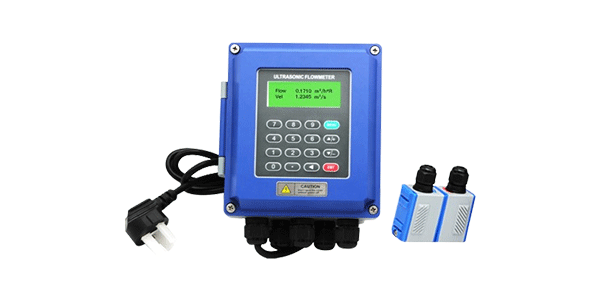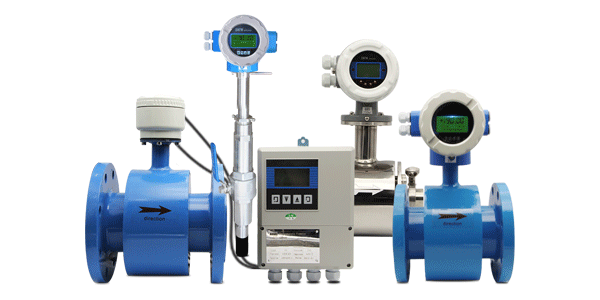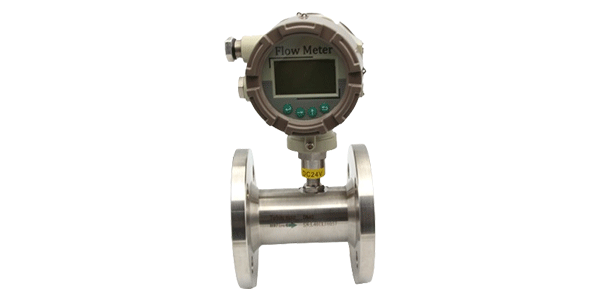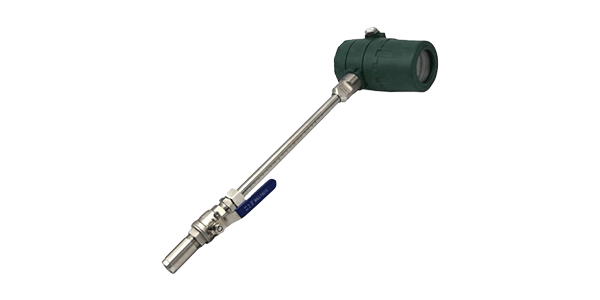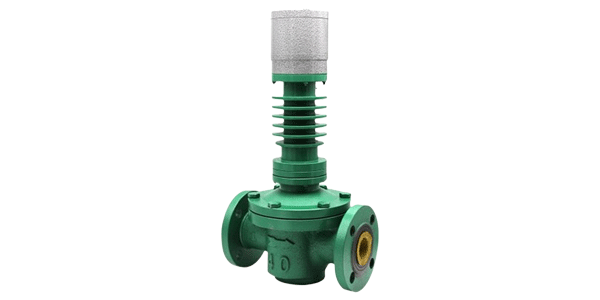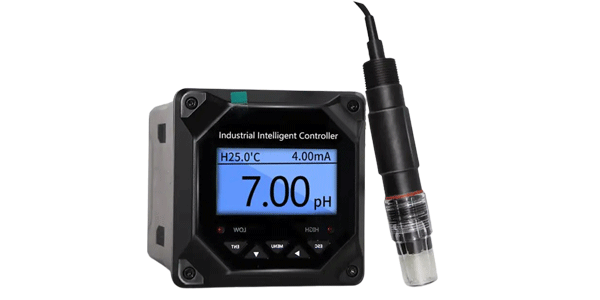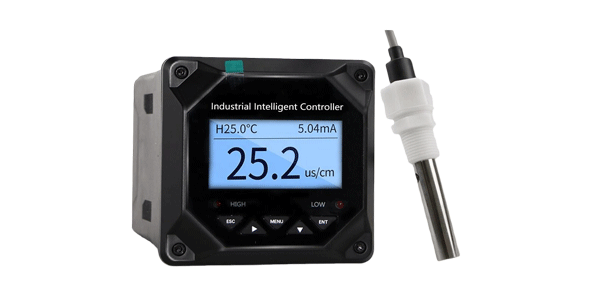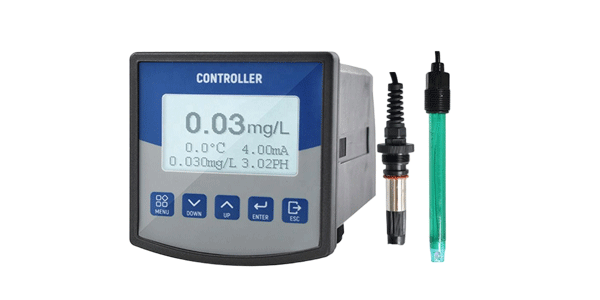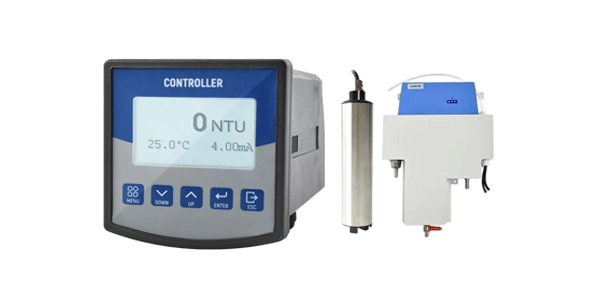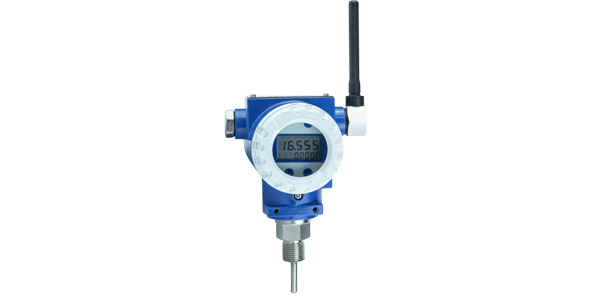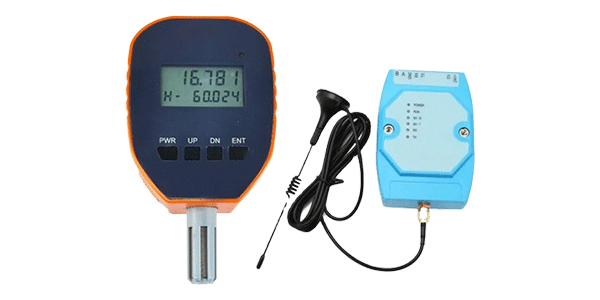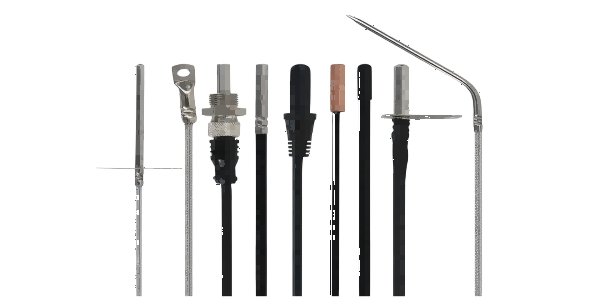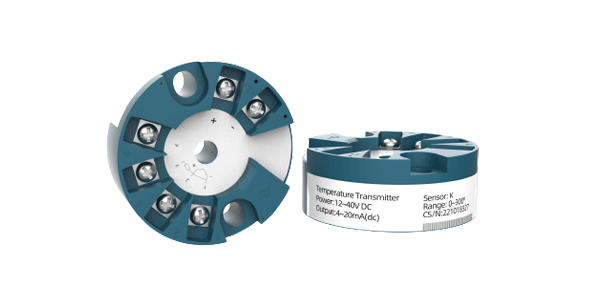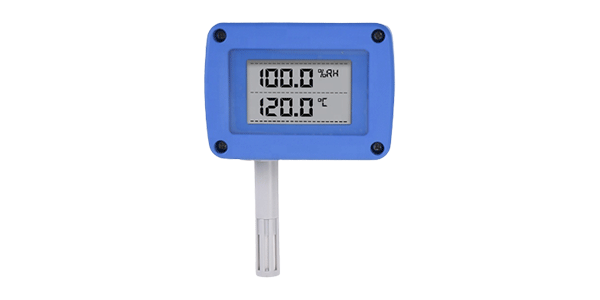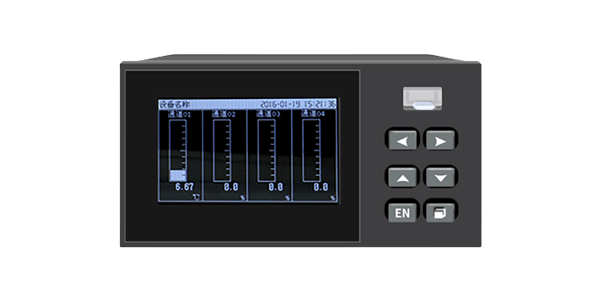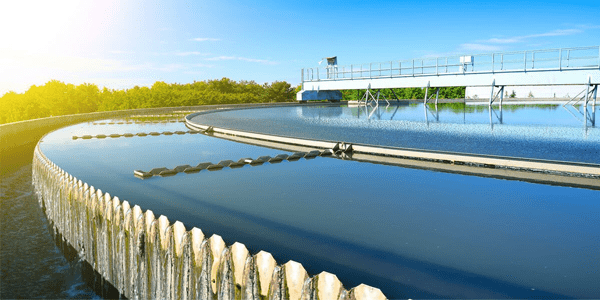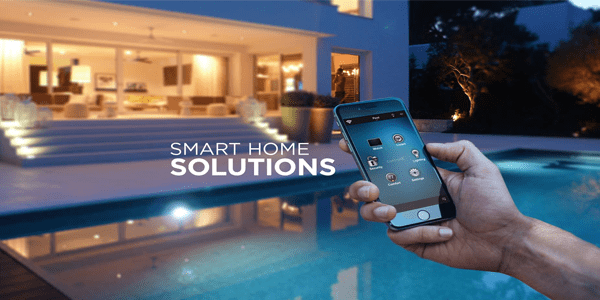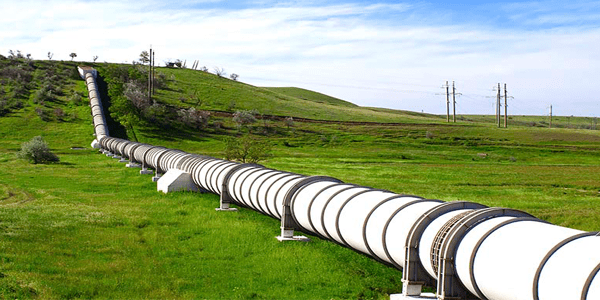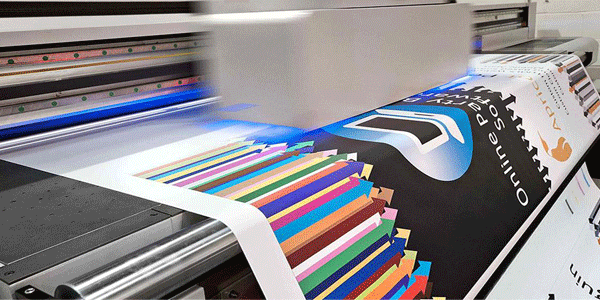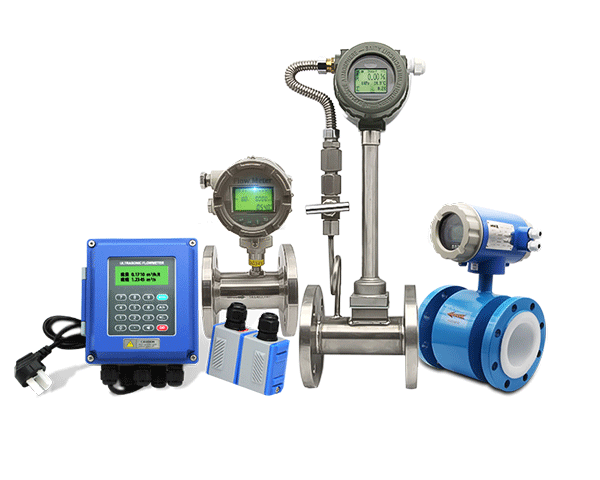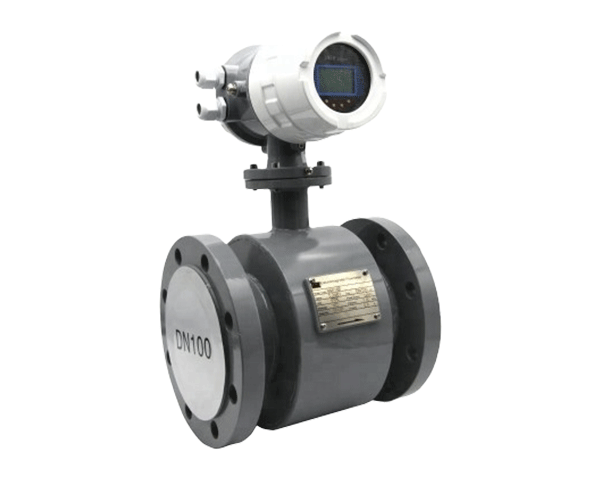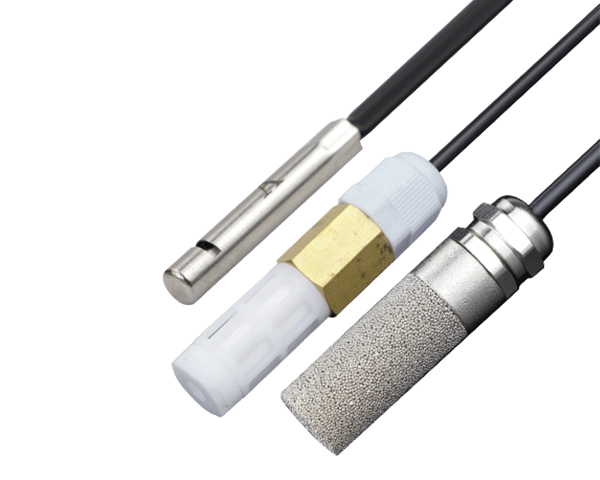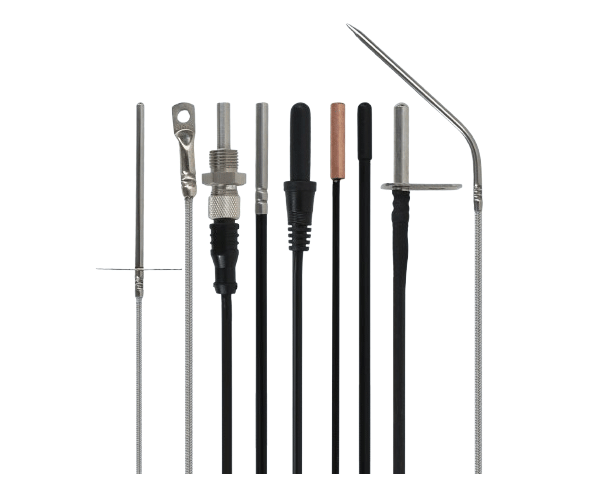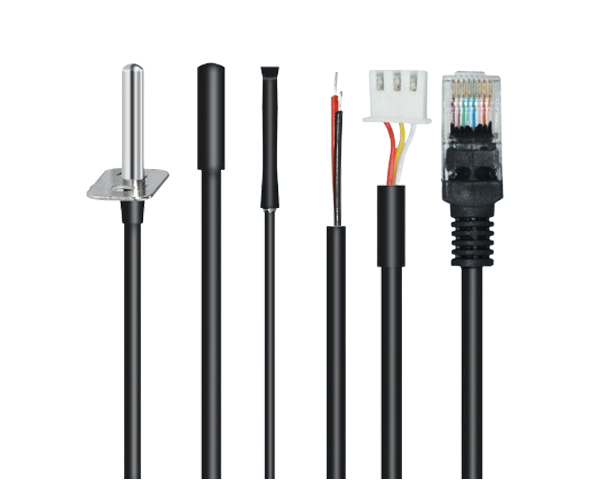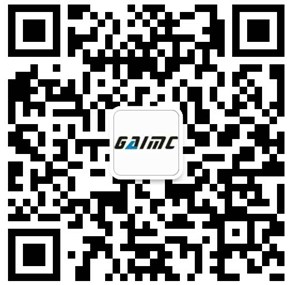Understanding your water quality testing instrument's parameters can transform how you monitor and manage water systems. In this comprehensive guide, you'll learn to interpret key water quality parameters like pH, TDS, EC, and DO with professional confidence. We'll break down what each measurement means, why it matters for your specific application, and how to leverage this data for better decision-making in your operations.

A technician performs precise water quality analysis using a GAIMC multi-parameter water quality meter, ensuring compliance with industry standards.
Essential Water Quality Parameters Explained
pH Level: The Acidity/Alkalinity Indicator
What it measures: Hydrogen ion concentration, indicating how acidic or alkaline water is on a scale of 0-14.
Why it matters: pH affects chemical disinfection efficiency, corrosion potential, and biological processes. Most aquatic life and industrial processes require specific pH ranges to function optimally.
Optimal range: Typically 6.5-8.5 for most applications, though specific industries may require tighter control.
TDS (Total Dissolved Solids)
What it measures: Total concentration of dissolved inorganic salts and organic matter in water.
Why it matters: High TDS can indicate contamination, affect taste, and impact equipment scaling. It's crucial for drinking water quality, aquaculture, and manufacturing processes.
Measurement units: ppm (parts per million) or mg/L
EC (Electrical Conductivity)
What it measures: Water's ability to conduct electrical current, which correlates with ion concentration.
Why it matters: EC provides a quick indication of dissolved mineral content and purity. It's essential for agricultural irrigation, wastewater treatment, and industrial water reuse applications.
Relationship to TDS: EC measurements are often converted to TDS estimates using conversion factors (typically 0.5-0.7).
DO (Dissolved Oxygen)
What it measures: Amount of oxygen available to aquatic organisms in water.
Why it matters: Critical for aquatic life survival, wastewater treatment efficiency, and indicating water quality degradation. Low DO can signal pollution or excessive organic matter.
Optimal levels: >5 mg/L for most aquatic life, though requirements vary by species and application.
ORP (Oxidation-Reduction Potential)
What it measures: The tendency of a solution to gain or lose electrons, indicating disinfection potential.
Why it matters: ORP is crucial for monitoring chlorination efficiency in pools, drinking water, and wastewater systems. Higher positive values indicate stronger disinfection capacity.
Turbidity
What it measures: Cloudiness or haziness of water caused by suspended particles.
Why it matters: High turbidity can harbor pathogens, reduce disinfection effectiveness, and affect aquatic ecosystems. It's a key parameter in drinking water treatment and environmental monitoring.
Parameter Significance Across Industries
Municipal Water Treatment
pH control ensures effective disinfection and corrosion prevention. Continuous DO monitoring optimizes aeration in treatment processes.
Aquaculture & Fisheries
DO levels must be maintained within strict ranges for fish health. pH and ammonia are equally critical for successful operations.
Food & Beverage Production
TDS and pH affect product consistency and quality. Specific conductivity measurements ensure water meets production standards.
Industrial Process Water
Corrosion control through pH management and scaling prevention through TDS monitoring protect equipment and maintain efficiency.
Accurate Measurement Techniques
Proper calibration, regular maintenance, and correct sampling procedures are essential for reliable data. Different applications may require specific measurement protocols:
- Calibrate sensors according to manufacturer specifications
- Consider temperature compensation for accurate readings
- Follow proper sampling techniques to avoid contamination
- Maintain sensors regularly to ensure long-term accuracy
References & Standards
This information is compiled from established water quality standards including:
- EPA (Environmental Protection Agency) Water Quality Standards
- WHO Guidelines for Drinking-water Quality
- APHA Standard Methods for the Examination of Water and Wastewater
- ISO water quality measurement standards
Frequently Asked Questions
How often should I calibrate my water quality instruments?
Calibration frequency depends on usage intensity, parameter being measured, and accuracy requirements. Generally, pH sensors should be calibrated weekly to monthly, while TDS/EC meters may require monthly calibration. High-precision applications may need more frequent calibration.
What's the difference between TDS and conductivity?
Conductivity measures water's ability to conduct electricity, while TDS represents the total concentration of dissolved solids. TDS is often estimated from conductivity measurements using conversion factors specific to the water composition.
Why is temperature compensation important in water quality measurement?
Many water quality parameters are temperature-dependent. Automatic temperature compensation ensures readings are accurate regardless of water temperature variations, providing comparable data across different conditions.
Which parameters are most critical for drinking water quality?
pH, TDS, chlorine residual (measured via ORP), and turbidity are among the most critical parameters for ensuring safe drinking water that meets regulatory standards.
How do I choose the right water quality instrument for my application?
Consider your specific parameters of interest, required accuracy, operational environment, compliance requirements, and data management needs. Industry-specific solutions often provide the most value for specialized applications.
Get Professional Water Quality Solutions
GAIMC provides industry-specific water quality monitoring solutions for municipal, industrial, and commercial applications. Our advanced instruments deliver the accuracy and reliability your operations demand.
Industry-Proven Water Quality Solutions
Multi-Parameter Monitoring Systems
Simultaneously measure pH, ORP, conductivity, DO, and temperature with industrial-grade precision.
Portable Water Testing Kits
Comprehensive field testing solutions for environmental consultants and facility managers.
Online Monitoring Controllers
Continuous monitoring systems with remote access and alert capabilities for critical applications.
Ready to optimize your water management?
Get Custom SolutionContact our water quality specialists for application-specific recommendations and demonstration requests.


